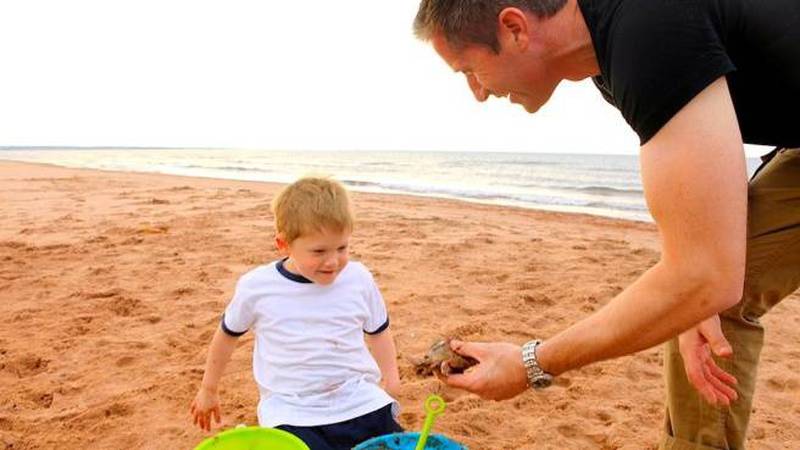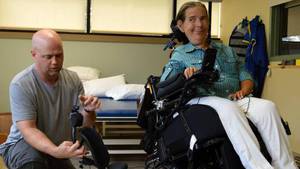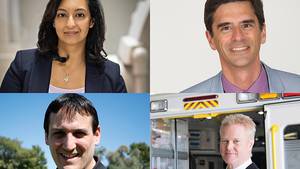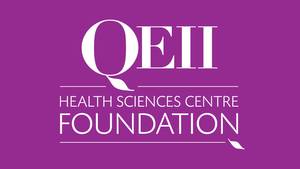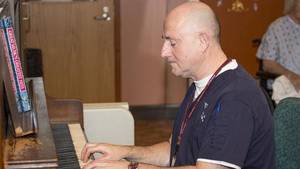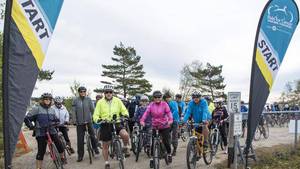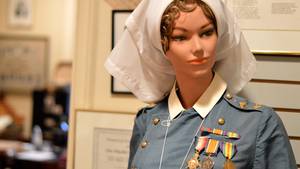When Wayne Gillis started up his motorcycle on a brisk fall afternoon, he had no idea that the course of his life would soon change forever.
Following a collision with a car, he suffered numerous physical injuries, including seven broken ribs, two punctured lungs, a ruptured spleen, bruised liver, and a torn bowel, with the most life-altering injury being the closed head, traumatic brain injury he received.
Wayne spent more than four months at the QEII, where he recovered and relearned how to walk, talk, carry on conversations, and do everyday tasks before returning home in January 2006. Now he is able to chase after his two young sons, Samuel and Matthew, and drive them to school, gymnastics and swimming.
He also manages the household while his wife, Lisa, works as a veterinarian. In addition, he recently has written and published a book, Moving Forward, to share his story of recovery.
"I have been given a second chance at this game called life,” says Wayne. “I am truly grateful for the exceptional, top notch health care I received at the QEII: the neuroscience unit, the physio and occupational therapy groups, and the entire rehab centre — the whole team was wonderful. They even added speech and recreational therapy to my recovery journey. These people were able to offer me the tools and support system I needed to help recover remarkably well, and truly move forward with my life.”
The QEII Foundation recently launched a fundraising campaign to support the new academic neuroscience program, called Brain. Spine. Spirit: The Neuroscience Alliance; this will be the only one of its nature in Atlantic Canada, making it possible to treat more patients like Wayne with advanced technology and more efficient care.
“The changes we are making in this program will have direct effects on the patients that we look after over the next decade or two,” says Dr. David Clarke, interim head of the QEII’s Division of Neurosurgery. “By providing the best care for our patients, they will get to go home or to rehab more quickly.
“As part of the new program, we will bring together the patients and the people who treat them in one physical space. This includes the surgeons, neurologists, nursing care, rehab care, all of our allied services; a true healthcare team.”
A consolidated program isn’t the only benefit of the new project. The intermediate care unit will expand from four beds to six, to accommodate more patients when they are transferred from the emergency department or intensive care unit to neurosurgery. These rooms will also be used when a neuro patient needs post-operative care or monitoring, and Dr. Clarke’s team anticipates this will significantly reduce the number of cancelled surgeries.
Under the Brain. Spine. Spirit: The Neuroscience Alliance, the capacity of the epilepsy monitoring unit, which currently has two beds, will double. Patients with uncontrolled seizures are hooked up to electrodes for 24 hours a day, seven days a week, to try to pinpoint where the seizures are coming from. Many of these patients then have surgery to try to cure them.
“By expanding our monitoring capacity, we would expect a dramatic decrease in the wait time for the service,” says Dr. Clarke.
Dr. Clarke also adds that as part of the new academic neuroscience program, there is a desire to expand some of the technology that can help treat more patients in an efficient way, such as the use of robotic technology in the operating room to very accurately and efficiently obtain either biopsies or specimens, and in some cases to implant electrodes in the brain.
“We typically have cases that can involve many, many hours putting in electrodes,” says Dr. Clarke. “And we would expect this time to be cut in half with robotic technology.”
If you are interested in supporting Brain. Spine. Spirit: The Neuroscience Alliance, visit QE2Foundation.ca. Your support will ensure patients, like Wayne Gillis, can get back to what matters most - being a parent and being a part of life’s little moments.

